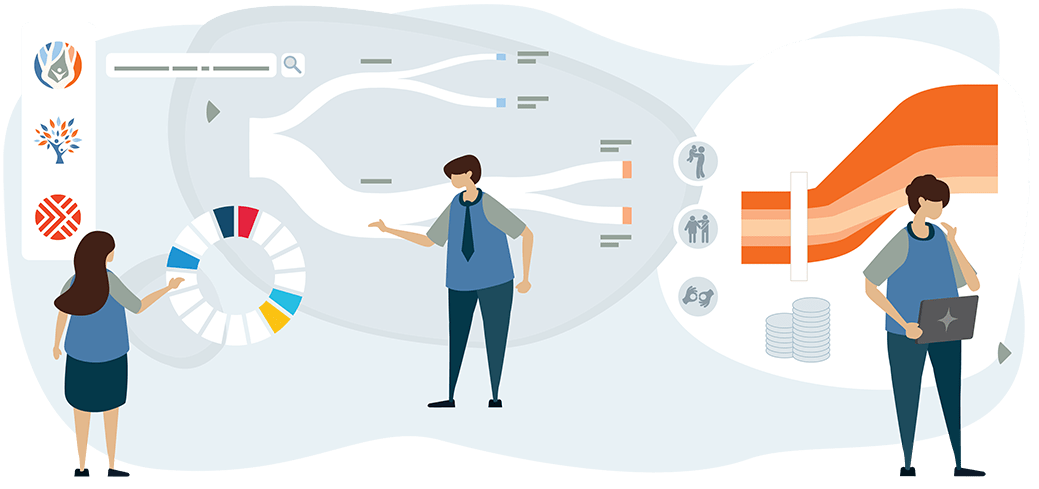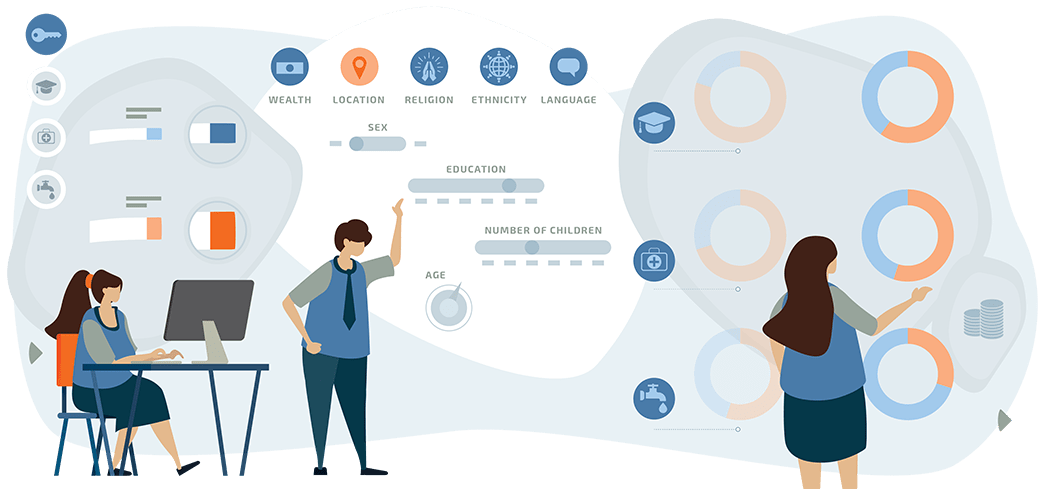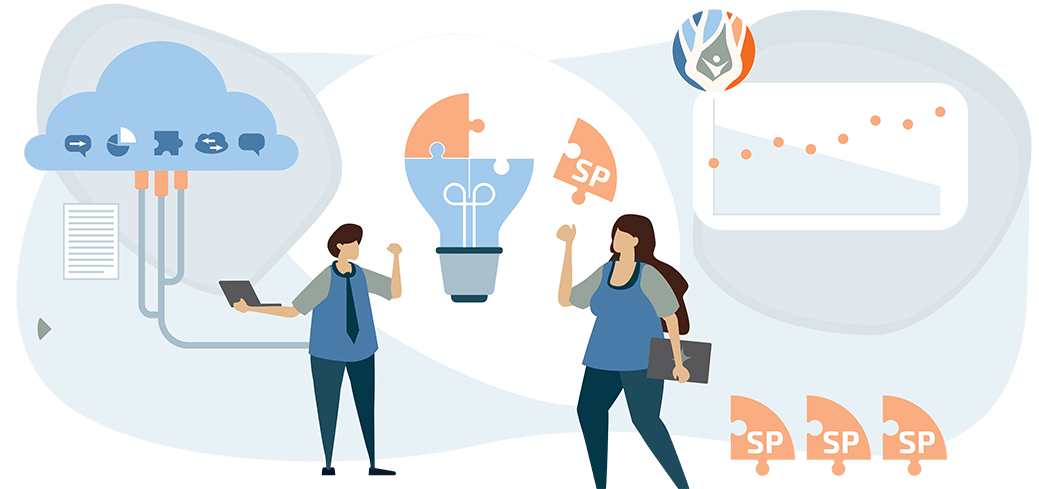About the SP2LNOB App
Social Protection to Leave No One Behind (SP2LNOB) App supports evidence-based policy making that leaves no one behind. The SP2LNOB App is an online data analysis and visualization tool that builds on ESCAP LNOB Platform and SPOT Simulator
Focusing on selected indicators from nationally representative household surveys, the App disaggregates national averages and identifies mutually exclusive groups, including the furthest behind and the furthest ahead groups, with different rates of access to opportunities. The App allows users to build custom social protection schemes and quantify their potential impact on boosting each group’s access to opportunities.
Combines a supervised machine learning algorithm from Classification and Regression Tree (CART) methodology with a static and linear microsimulation model
Analyzes nationally representative household surveys including Cambodia Socioeconomic Survey (2019-2020) and Maldives Household Income and Expenditure Survey (2019)
Visualizes the potential impact of various social protection schemes including child, disability and old age benefits

A prognostic data analysis tool featuring results from Cambodia and the Maldives using nationally owned and representative household survey data.
- An interactive policy tool that disaggregates development indicators to identify the furthest behind groups building on the ESCAP LNOB Platform.
- A real-time simulator that disburses social protection schemes as cash transfers throughout life cycle building on the ESCAP SPOT Simulator.
An innovative and easy-to-understand data visualization tool summarizing the main results in a policy relevant manner and empowering policymakers to act upon evidence.
A policy tool readily available to be deployed both online and offline in support of evidence-based and inclusive policymaking.

Understand the intersection of circumstances that contribute to inequality of opportunity and multidimensional poverty at national level.
Estimate the extent to which social protection schemes reduce poverty and inequality and build resilience.
Visualise which individuals and households progress into higher levels of access to basic services and opportunities thanks to social protection.
Generate country-specific and customized evidence for inclusive policymaking.
Widen the evidence base for inclusive national policies including sectoral policies, national development plans, Voluntary National Reviews.

Let the machine learning algorithm find the key factors that contribute to inequality in a specific development indicator using Household Income and Expenditure Surveys.
Explore which social protection scheme(s) could be deployed and under what parameters in terms of eligibility, benefit amount and targeting mechanism.
Experiment with different approaches and identify the optimal policy tool to reduce poverty and inequality.
Deepen the analysis by modifying or expanding the App to different surveys and indicators.
Coming Soon: Self-paced online learning materials
The SP2LNOB App is designed to be used online and/or offline. The online dashboard presents a limited set of results to broad audiences. An offline version can be shared with technical experts which allows modification and expansion of the underlying algorithm. Users can modify existing outcomes or schemes, or they can add new outcomes and schemes. They can also modify the disaggregation model and its parameters. Access to the offline version of the App requires prior access to the Household Income and Expenditure Survey (HIES) data from Maldives or Cambodia.
Click here to visit Glossary or Methodology.

Scan QR Code to preview our learning materials

